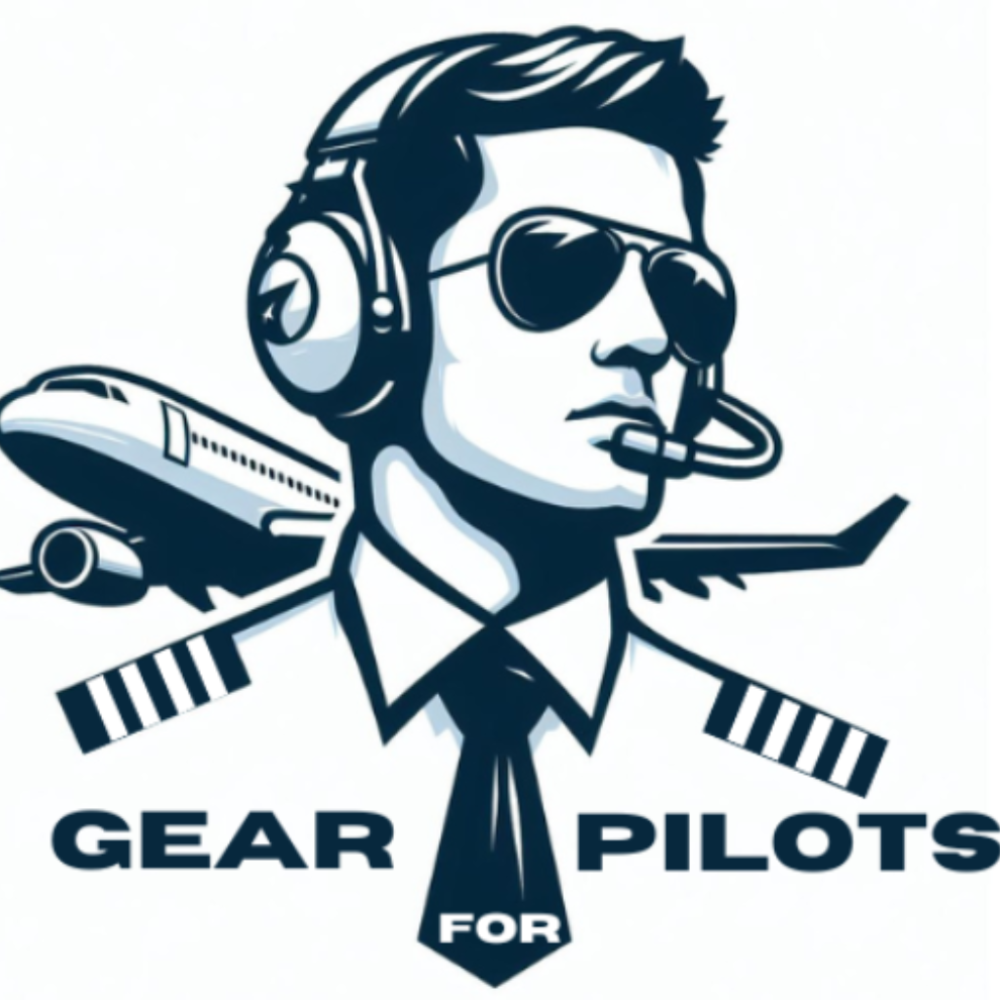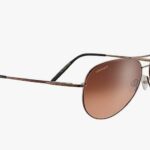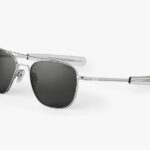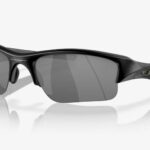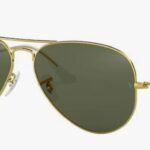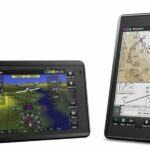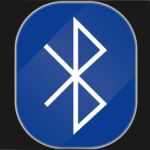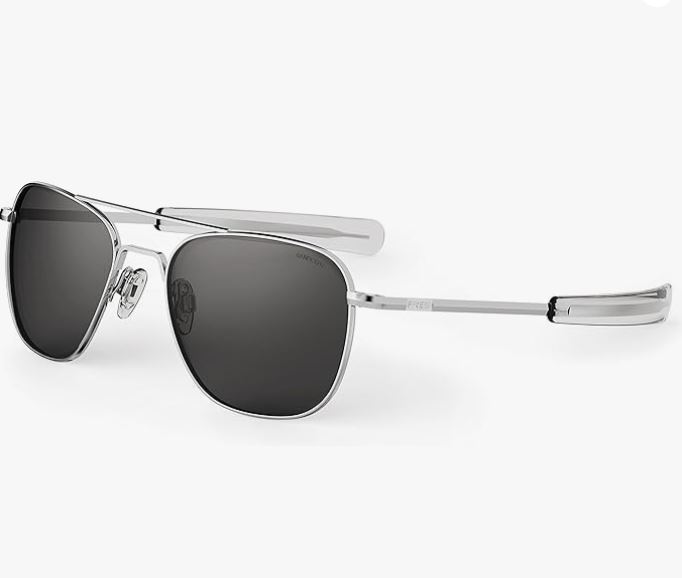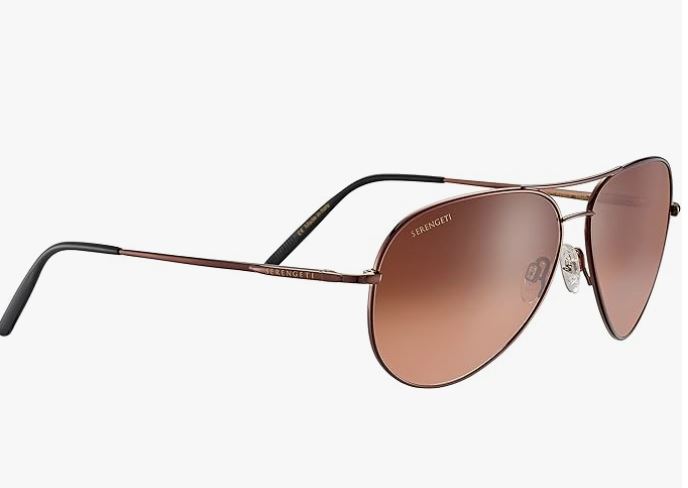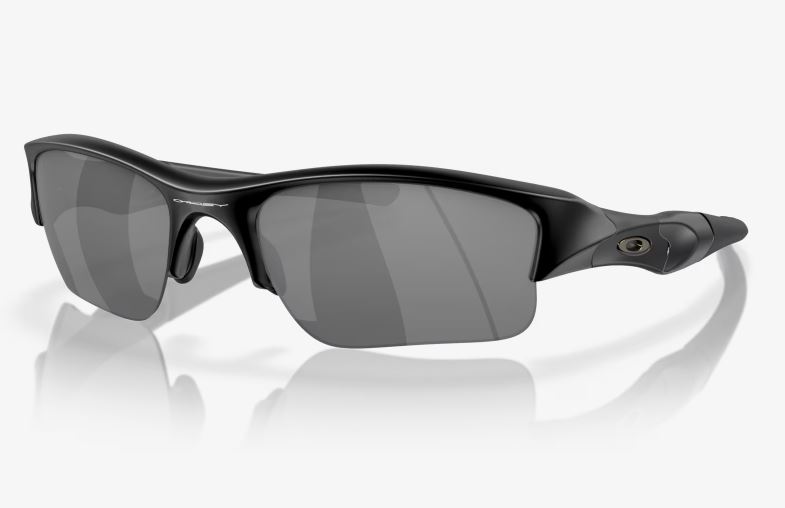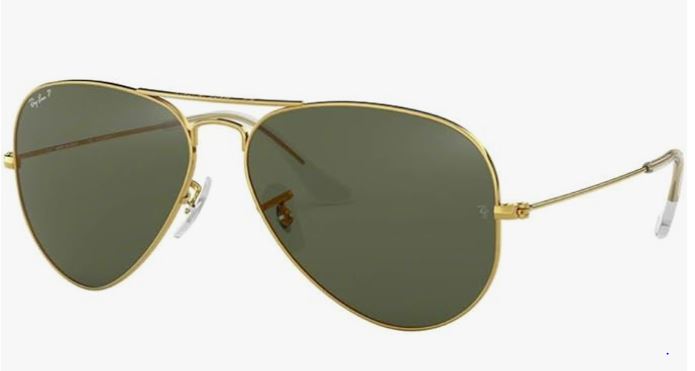When it comes to flying high in the open skies, pilots understand the importance of clear vision and optimal eye protection. While sunglasses are a crucial accessory for anyone spending time outdoors, pilots have unique needs that go beyond just style. Non-polarized sunglasses emerge as a preferred choice among aviators, offering a blend of functionality, safety, and comfort that caters specifically to the demands of the cockpit.
Understanding Polarization
Before delving into the benefits of non-polarized sunglasses for pilots, it’s essential to comprehend what polarization means. Polarized sunglasses are designed to reduce glare by blocking horizontally oriented light waves, particularly the glare produced when sunlight reflects off surfaces like water or roads. While effective in many scenarios, polarization can pose challenges for pilots.
The Pitfalls of Polarization for Pilots
Polarized sunglasses might be fantastic for reducing glare during activities like driving or fishing, but they present certain drawbacks for those in the aviation industry. One of the primary concerns for pilots is the potential interference with electronic displays in the cockpit. Modern aircraft rely heavily on electronic instruments and screens, and polarized lenses can cause visibility issues, distortion, or even complete blackout when viewing these displays.
Additionally, polarized sunglasses can interfere with a pilot’s ability to detect the shimmering effect on the surface of water, which is a crucial visual cue for recognizing bodies of water and hazards during flight. Losing this visual reference can compromise navigation and safety.
Non-Polarized Sunglasses: A Pilot’s Best Companion
Non-polarized sunglasses address the specific challenges faced by pilots, offering a clear and unobstructed view without compromising safety. Here are some key advantages that make non-polarized sunglasses the preferred choice for aviators:
- Optimal Visibility in the Cockpit:
Non-polarized lenses ensure that pilots can read their instruments and screens without distortion or interference. This is crucial for making split-second decisions during flight and maintaining situational awareness. - Enhanced Depth Perception:
Pilots need accurate depth perception to judge distances between aircraft, clouds, and other objects in the sky. Non-polarized sunglasses provide a natural and unaltered view, allowing for precise depth perception and better judgment. - Improved Water Recognition:
Water bodies are key landmarks for pilots, and the shimmering effect on the water’s surface can be a vital indicator of its presence. Non-polarized lenses enable pilots to detect these visual cues, aiding navigation and helping avoid potential hazards. - Consistent Performance in Various Lighting Conditions:
While polarized lenses may excel in specific lighting conditions, non-polarized sunglasses offer consistent performance across a wide range of lighting scenarios. This versatility is crucial for pilots who encounter changing weather conditions during flight. - Reduced Eye Fatigue:
Flying for extended periods can strain the eyes, and non-polarized sunglasses with proper UV protection help reduce glare without causing additional eye fatigue. This is especially important for long-haul flights where pilots need to stay alert and focused. - Compliance with Aviation Standards:
Aviation authorities and organizations often recommend or mandate the use of non-polarized sunglasses for pilots. Following these guidelines ensures that pilots are equipped with eyewear that meets the specific requirements of their profession.
Choosing the Right Non-Polarized Sunglasses
Now that the benefits of non-polarized sunglasses for pilots are clear, it’s essential to consider factors when selecting the right pair:
- UV Protection:
Look for sunglasses with 100% UV protection to shield your eyes from harmful ultraviolet rays. UV protection is crucial for long-term eye health, especially when spending extended hours in the cockpit. - Lens Material:
Opt for high-quality lens materials, such as polycarbonate or glass, that provide durability and resistance to scratches. Pilots need eyewear that can withstand the rigors of their profession. - Frame Design:
Choose a frame design that offers a comfortable fit and minimizes pressure points, as pilots often wear sunglasses for extended periods. Lightweight and ergonomic designs are preferable for optimal comfort. - Lens Tint:
Consider the tint of the lenses based on the lighting conditions you are likely to encounter. While darker tints may be suitable for bright, sunny days, lighter tints can be beneficial for overcast conditions or flying at dusk. - Compliance with Standards:
Ensure that the chosen sunglasses comply with aviation standards and regulations. Many reputable brands design sunglasses specifically for pilots, taking into account the unique requirements of their profession.
Now that we know what to look for and what to avoid in aviation sunglasses, here are five non-polarized sunglasses that are often recommended for pilots:
- Randolph Aviator:
- Known for their high-quality construction and classic aviator style.
- Non-polarized lenses with various lens options, including AGX, which enhances contrast and reduces eye strain.
- Serengeti Aviator:
- Features photochromic lenses that adapt to changing light conditions.
- Non-polarized lenses designed to enhance colors and maintain clarity.
- Ray-Ban RB3025 Aviator:
- Iconic aviator design with non-polarized lenses.
- Offers 100% UV protection and a range of lens colors to choose from.
- American Optical Original Pilot:
- Classic military-inspired design with non-polarized lenses.
- High-quality optical glass lenses for distortion-free vision.
- Oakley Crosshair:
- Combines a modern look with durable construction.
- Non-polarized lenses designed for optimal clarity and impact resistance.
It’s essential for pilots to ensure that the sunglasses they choose comply with any relevant aviation regulations and do not compromise safety. Additionally, personal comfort and fit play a crucial role, so trying on different models before making a decision is advisable.
Conclusion
For pilots navigating the expansive skies, the choice of eyewear goes beyond fashion trends. Non-polarized sunglasses emerge as the clear winner, providing a reliable and unobstructed view essential for safe and efficient flight. With features tailored to meet the specific demands of the cockpit, these sunglasses offer optimal visibility, enhanced depth perception, and compliance with aviation standards.
Whether you’re a seasoned pilot or an aspiring aviator, investing in high-quality non-polarized sunglasses is a decision that prioritizes both performance and safety. As you soar through the clouds, let your vision be as clear as the open skies ahead.
